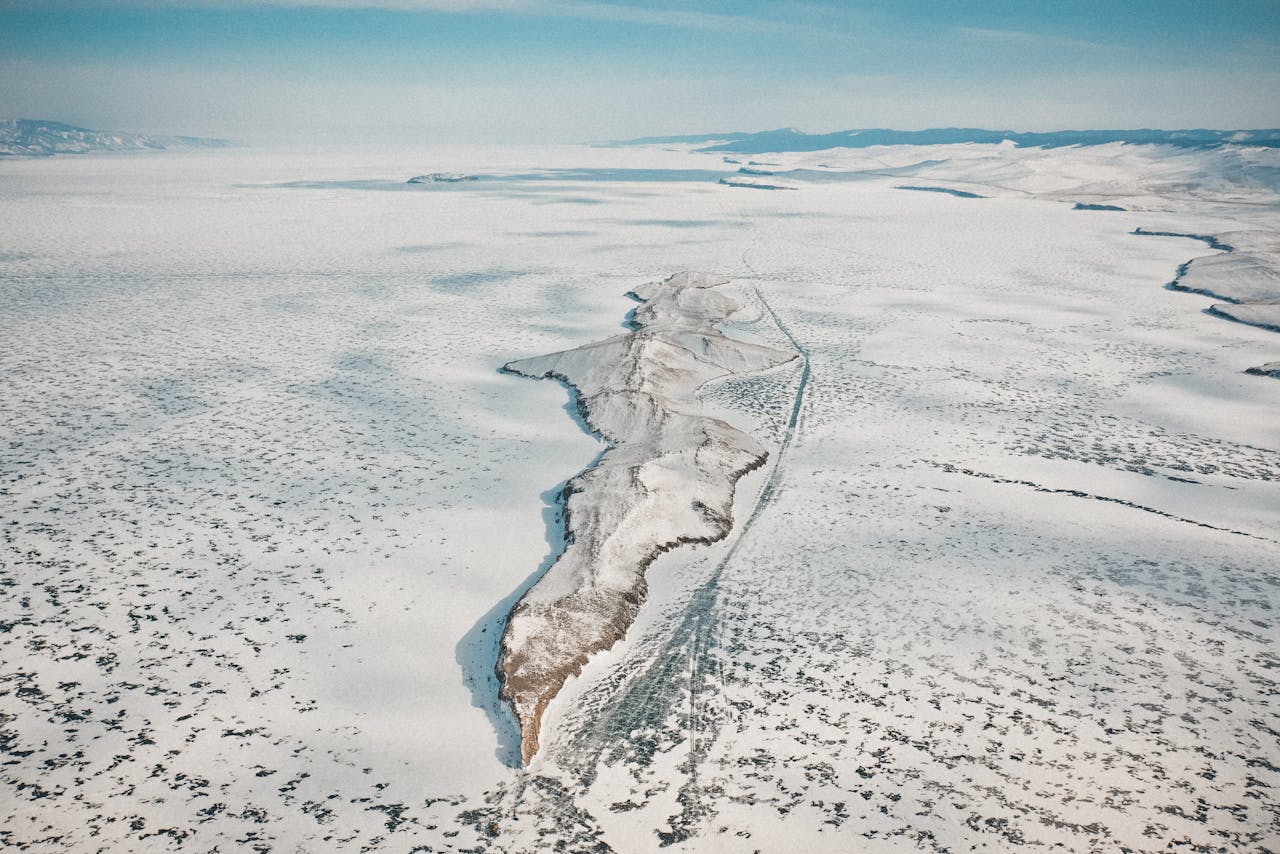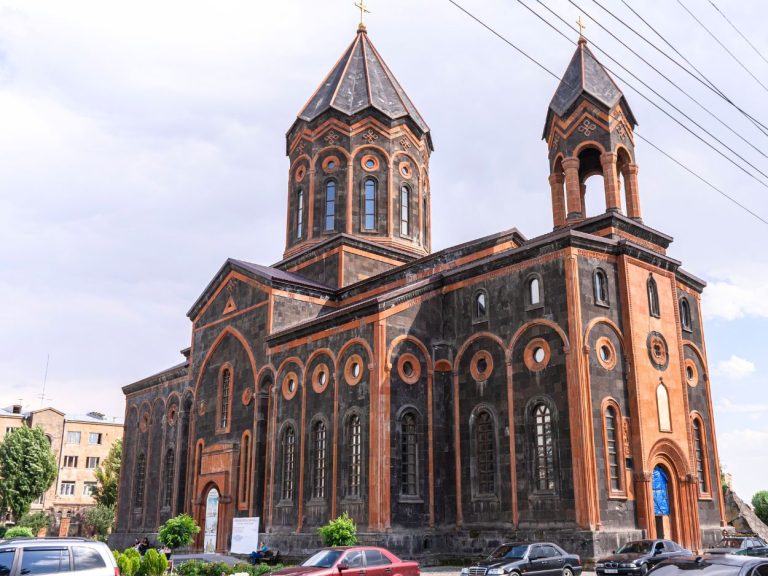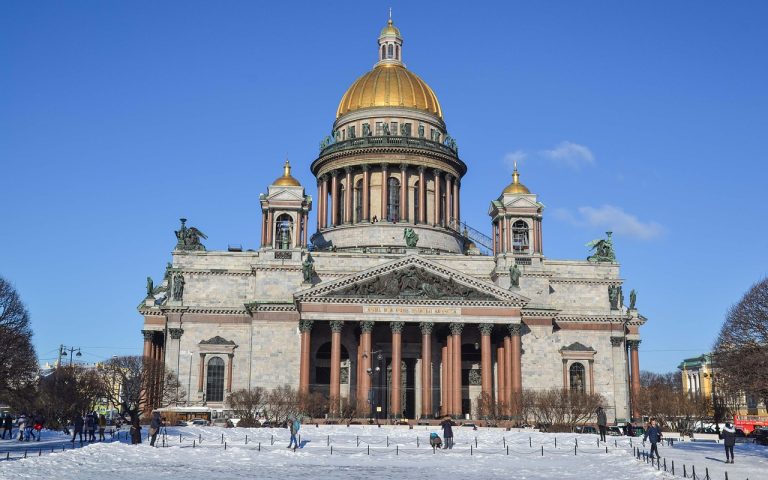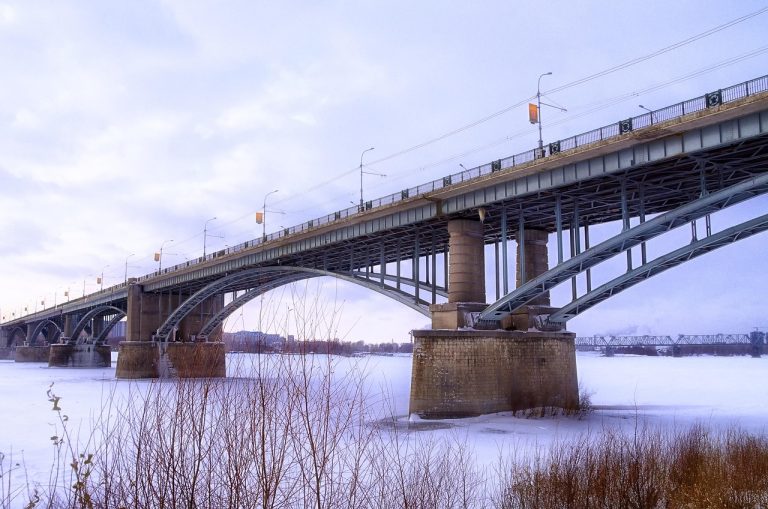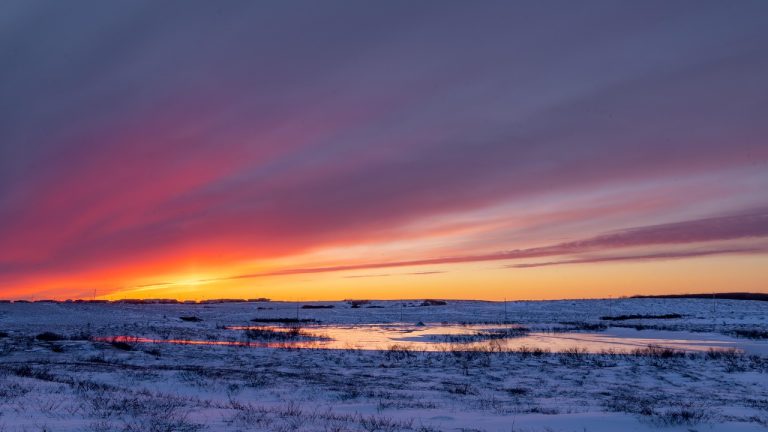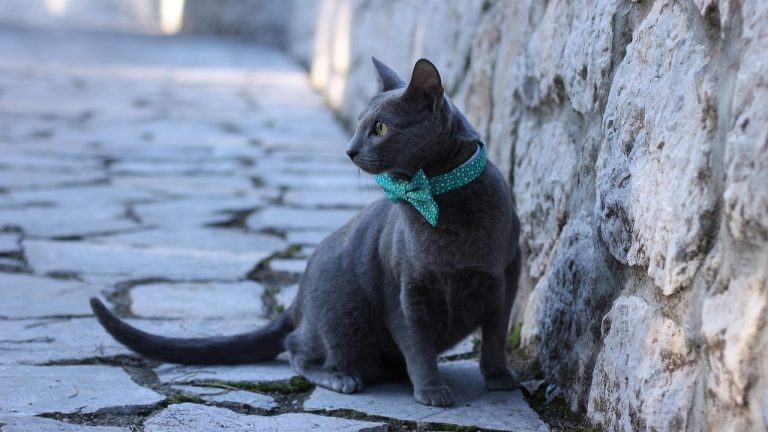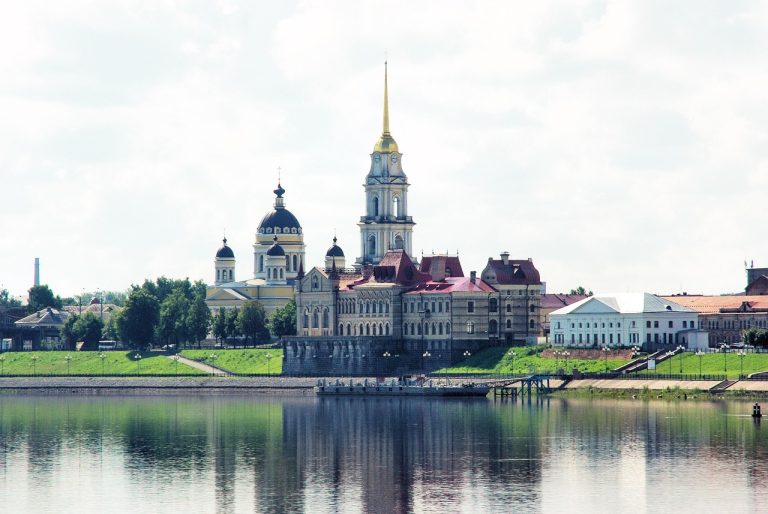Step into the Siberian heartland, where the air stings and the horizon glitters with ice. Here, the coldest place in Russia doesn’t just flirt with winter—it owns it. In the Sakha Republic, known as Yakutia, valleys trap cold like bowls, and skies go dim for weeks. The result: extreme cold temperatures that rival the outer edges of Antarctica’s coast.
Oymyakon holds the record for the world’s coldest permanently inhabited settlement, while Verkhoyansk shares the “Northern Pole of Cold” crown. Yakutsk, founded in 1632, stands as the coldest major city on Earth. The city’s average year runs at −8.0 °C (17.6 °F), and winter days often stay below −20 °C (−4 °F). its bookends are stark: −64.4 °C (−83.9 °F) to +38.4 °C (101.1 °F). That spread shows why the lowest temperatures in Russia feel almost unreal.
Distance from any ocean, high latitude light cycles, and broad permafrost set the stage. Then come the basins and river valleys, which pool dense air until the land crackles. These freezing locations in Russia are harsh, yet busy. In Yakutsk, open-air markets stack frozen fish like bouquets, and trucks rumble over winter roads. Life adapts, proving that even under extreme cold temperatures, people build, trade, and travel with steady grit.
Where Siberia Freezes: Oymyakon, Verkhoyansk, and Yakutsk in Context
Welcome to the heart of Russia’s coldest place. East Siberia’s clear skies, deep valleys, and constant high pressure make it freezing. These spots are far from the ocean and sit on permafrost, making them unique.
Oymyakon: The Coldest Permanently Inhabited Settlement
Oymyakon is in the Yana-Oymyakon Highlands, about 745–750 meters high. it’s near Tomtor on the Kolyma Highway, known as the Road of Bones. The valley station traps air, making nights very cold.
Life here is on continuous permafrost. Schools close when it gets too cold. The village has around 500 to 900 people, making it one of Russia’s coldest spots.
Verkhoyansk and the “Northern Pole of Cold” Rivalry
Verkhoyansk is about 629 kilometers from Oymyakon by air. it was colder than Oymyakon in 1892. Both towns are known for their extreme cold, making them legends in Russia.
Yakutsk: The Coldest Major City on Earth
Yakutsk is the capital of the Sakha Republic and sits on the Lena River. it’s colder than most places, with an average of −8.0 °C. Winters are long, but summers can be surprisingly warm.
This city shows that even big cities can be cold. it’s a key place for travel and trade in the region, sharing the same cold rhythms as other places in Russia.
Latitude, Elevation, and Valley Effects That Trap Cold Air
The high latitude means less daylight in winter. This makes the land lose heat into long nights. In places like Oymyakon, cold air settles in valleys, making it even colder.
Permafrost and Inland Distance From Oceans
Being far from the Pacific and Arctic Oceans means less moderation. Dry, clear skies help cool the ground, making it colder. Permafrost and dry air make this area the coldest in Russia.
Coldest Place in Russia: Records, Ranges, and What “Extreme” Really Means
Numbers show how cold Russia’s coldest place is. In the Lena and Yana basins, temperatures drop very low. Then, they quickly rise to high summer levels.
These places are far from oceans. They are in valleys that trap cold air like a bowl holds dry ice.
Official Lows: −67.7 °C (−89.9 °F) in Oymyakon; −67.8 °C (−90.0 °F) in Verkhoyansk
Oymyakon hit −67.7 °C (−89.9 °F) on February 6, 1933. Verkhoyansk reached −67.8 °C (−90.0 °F) on February 5 and 7, 1892. These are among the lowest temperatures in Russia and the Northern Hemisphere.
Cold air pools under clear skies and light winds. it then sinks into valleys. This creates a nightly cold trap, keeping these places near the top of global records.
Yakutsk Extremes: −64.4 °C (−83.9 °F) to +38.4 °C (101.1 °F)
Yakutsk shows the extremes of city life. its temperature range is from −64.4 °C (−83.9 °F) to +38.4 °C (101.1 °F). Winter averages are below −30 °C (−22 °F), which is rare for a city.
The city is inland, far from moderating seas. This leads to extreme cold temperatures for months. Yet, summer heat arrives quickly, earning the climate a “switch” nickname.
Temperature Amplitudes Over 100 °C (180 °F)
Only a few places on Earth see a 100 °C (180 °F) temperature swing. Oymyakon goes from −67.7 °C to +34.6 °C (94.3 °F), a 102.3 °C (184.1 °F) range. Yakutsk and Verkhoyansk also have over 100 °C swings.
This range makes Russia’s coldest place not just cold but wildly variable. Here, the lowest temperatures meet scorching July afternoons.
Why Winters Are So Dry and Brutally Long
The Siberian High dominates the season. Dense, cold air blocks storms and dries out the sky. Low evaporation in the deep freeze means snowfall is modest. Most rain falls in short, thundery summers.
Continental air masses dominate, bringing extreme cold. This cold feels sharper because of very low dew points. it’s a desert of ice: bright, quiet, and relentless.
Seasonal Sunshine and Periods Without Above-Freezing Temperatures
In Yakutsk, the thermometer stays at or below 0 °C (32 °F) for about four months. Sunshine varies greatly: 11.5 hours in December, then over 300 hours in July. Oymyakon sees 14.3 hours in December and over 300 hours in late spring and early summer.
These light-and-dark rhythms, paired with inland distance and valley inversions, shape Russia’s coldest place. it’s where extreme cold temperatures are a season-long fact of life.
Life on Permafrost: How People Work, Travel, and Thrive in Frosty Russian Locales
Daily life in Yakutsk is shaped by the permafrost beneath. Buildings stand on concrete piles to prevent thawing. Even at −40 °F, the city’s streets buzz with life.
Markets stay open, even in deep winter. Fish and meat hang in the cold air, a sight captured by Steeve Iuncker. People wear heavy furs and insulated gear, keeping warm in apartments.
Transport changes with the seasons. In summer, ferries cross the Lena River. Winter brings ice roads. Air travel connects cities when rivers are frozen.
Oymyakon was a vital stop during World War II. Today, remote villages use winter roads for supplies. Trucks carry fuel, food, and mail across vast distances.
Industry thrives year-round in Yakutsk. Mining for diamonds, gold, and coal supports jobs and exports. The city also leads in agriculture, producing meat and dairy.
Culture is vibrant, with theaters and the Ysyakh festival. The festival celebrates the solstice with horse racing and dances. Scientists at the Melnikov Permafrost Institute study the impact of warming.
| Everyday Domain | Key Practice | Why it Works on Permafrost | Where it’s Common |
|---|---|---|---|
| Housing | Pile foundations and raised structures | Prevents heat from thawing ground, protecting stability | Yakutsk and towns across the Sakha Republic |
| Food Markets | Open-air frozen display of meat and fish | Ambient cold acts as a natural freezer at −40 °F and below | Yakutsk central markets; Oymyakon stalls |
| Clothing | Furs paired with down parkas, felt boots, balaclavas | Combines traditional warmth with modern insulation | Across freezing cold spots in Russia |
| Transport | Ferries in summer, ice roads in winter | Seasonal switching keeps rivers passable most of the year | Lena River crossing to Nizhny Bestyakh |
| Air Links | Year-round flights via Yakutsk and Magan | Maintains access when river routes pause in shoulder seasons | Yakutsk urban area and remote settlements |
| Supply Lines | Winter roads and heavy trucks | Frozen ground supports cargo to remote communities | Oymyakon region and wider Russian cold destinations |
| Economy | Mining of diamonds, gold, and coal | Provides year-round jobs and export revenue | Yakutsk headquarters; regional mines |
| Agriculture | Short-season meat and dairy production | Focus on resilient livestock and compact summer cycles | Yakutsk and nearby farms |
| Culture | Theaters and Ysyakh solstice festival | Celebrates heritage and marks the turn to light and warmth | Yakutsk stages; summer festival grounds |
| Science | Melnikov Permafrost Institute monitoring | Guides building codes and road upgrades as ground warms | Yakutsk and field stations |
Yakutsk, Capital of the Sakha Republic: Culture, Economy, and Travel in an Ice-Cold Destination
Yakutsk is a mix of Siberian toughness and vibrant arts. it’s one of the coldest places in Russia, but summer brings warmth. Travelers find rich Sakha culture, clear skies, and a city built to withstand the cold.
City Profile: Population, Location on the Lena River, and Permafrost Construction
Yakutsk is at 62.03000°N, 129.73000°E, near the Arctic Circle. it’s on the Lena River and was founded in 1632. it’s the capital and largest city of the Sakha Republic.
The city’s population grew to 355,443 in 2021. it’s built on permafrost, with homes and offices on steel or concrete piles. This keeps the ground from thawing.
Mining Economy and Growing Air/River Connectivity
Diamonds, gold, and coal drive the economy. In 2021, exports were about $5.55 billion. But by 2022, they dropped below $1 billion.
Yakutsk Airport connects the city to Russia. Yakutia Airlines is based here. Summer navigation on the Lena River links Yakutsk to other cold places.
Tourism Highlights: Lena Pillars and the Permafrost Kingdom
The Lena Pillars Nature Park is a UNESCO site. it has limestone towers that glow at sunset. Summer cruises offer views of the park.
The Permafrost Kingdom shows frozen earth’s beauty. Museums like the National Fine Arts Museum of Sakha add to the culture. These places make Yakutsk a unique destination.
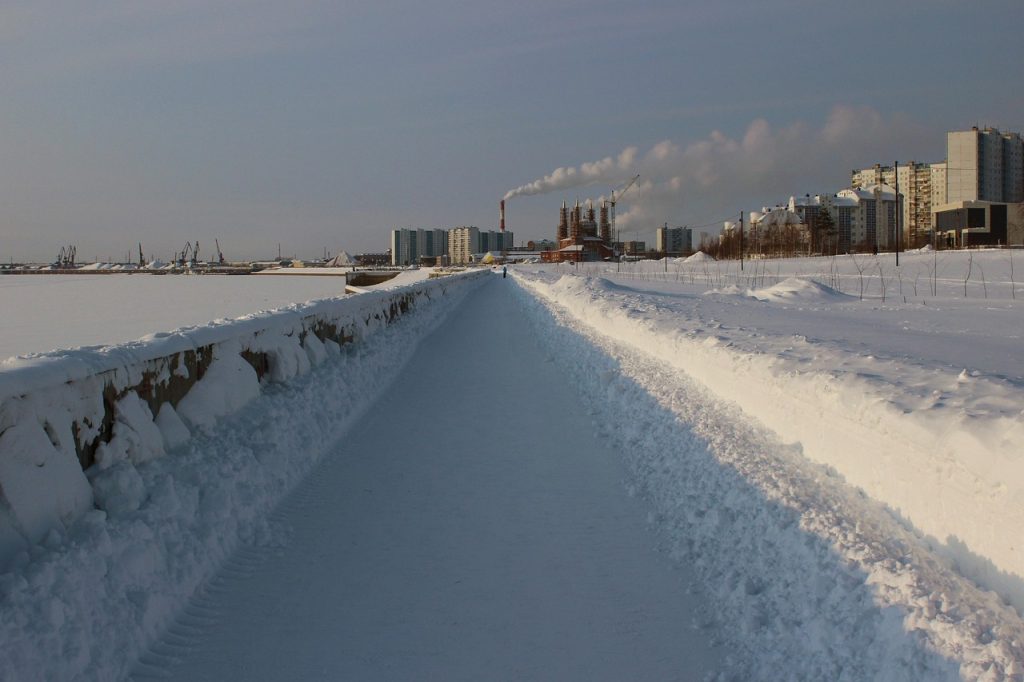
Daily Life in Extreme Cold: Markets, Clothing, and Infrastructure
Winter markets have frozen fish and meat. People wear fur-trimmed parkas and insulated boots. Face coverings are used for the coldest days.
The city has theaters and a growing film scene. June’s Ysyakh festival is a highlight. it celebrates the solstice with rituals, music, and horse races.
Bridge and Rail Developments Across the Lena
A bridge across the Lena River has been planned for years. it will be over 3 kilometers long. Construction started in 2024, aiming for 2028 completion and costing 130 billion rubles.
The Amur–Yakutsk Mainline reached Nizhny Bestyakh in 2011. A future rail crossing will connect Yakutsk more closely to other cold places.
| Aspect | Key Facts | Why it Matters |
|---|---|---|
| Geography | 62.03000°N, 129.73000°E; 95 m elevation; Lena River site | Explains extreme winters and river-based access common in ice-cold destinations in Russia |
| Population | 355,443 (2021) with steady growth | Largest city on continuous permafrost among Russian cold destinations |
| Economy | Diamonds, gold, coal; ~$5.55B exports in 2021 | Resource base funds infrastructure resilient to permafrost |
| Transport | Yakutsk Airport, Yakutia Airlines; Lena summer navigation; Kolyma Highway via Nizhny Bestyakh | Keeps goods and people moving where roads freeze or flood |
| Tourism | Lena Pillars UNESCO site; Permafrost Kingdom; museums and festivals | Combines natural drama with culture in freezing locations in Russia |
| New Projects | Lena River bridge (construction 2024–2028); future rail crossing | Year-round access to a region near the coldest place in Russia |
| Research | NEFU and the Melnikov Permafrost Institute | Leads Arctic studies and permafrost monitoring with global relevance |
Conclusion
Siberia’s cold belt shows how geography affects the weather. Oymyakon is in a valley that traps air, while Verkhoyansk holds a record near −68 °C (−90 °F). Yakutsk, with its urban scale, swings from −64.4 °C (−83.9 °F) to +38.4 °C (101.1 °F).
These places define the coldest spot in Russia. They show that freezing cold spots are more than just dots on a map. They are a climate system at work.
Under the Siberian High, winters are dry and cold. Then, summer sun brings warm days and long light. This contrast explains the extreme cold temperatures and huge seasonal range.
Life adapts in practical ways. Builders set homes on piles above permafrost. Truckers turn ice roads into winter highways. Markets in Yakutsk display fish frozen into artful shapes.
Festivals greet the return of light, adding color to the deep freeze. In these freezing cold spots in Russia, culture and grit meet the elements. The result is a region that thrives at the edge of what seems possible.
FAQ
What is the Coldest Place in Russia, and Where is it?
The coldest spot in Russia is in the Sakha Republic (Yakutia), deep in Siberia. Oymyakon and Verkhoyansk are the coldest places, with temperatures dropping to −67.7 °C (−89.9 °F) and −67.8 °C (−90.0 °F). Yakutsk, the capital, is the world’s coldest major city. it has freezing winters and surprisingly hot summers.
How Cold Does it Actually Get in These Freezing Locations in Russia?
Oymyakon and Verkhoyansk have seen the lowest temperatures in the Northern Hemisphere, outside of Greenland and Antarctica. Yakutsk’s record low is −64.4 °C (−83.9 °F). Summers can reach up to +38.4 °C (101.1 °F). This huge temperature difference is typical of extreme cold.
Why is Siberia’s Cold Belt So Extreme Compared With Other Russian Cold Destinations?
Geography plays a big role. These towns are far from oceans, so they miss out on warmth. Valley basins trap cold air, leading to extreme temperature drops. The lack of sunlight in winter and clear skies make it even colder. This results in months of freezing temperatures.
What is Daily Life Like in Yakutsk and Oymyakon During Winter?
Life adjusts to the cold. Buildings are built on piles to avoid freezing permafrost. In Yakutsk, markets sell frozen fish and meat. Schools in Oymyakon may close when it’s too cold.
Transport changes with the seasons. Ferries are used in summer, ice roads in winter, and planes when rivers freeze. People wear warm clothes and use reliable heaters to stay warm.
Can Travelers Visit These Freezing Cold Spots in Russia, and What Stands Out?
Yes, but timing is essential. Summer is easier to travel, with Yakutsk as the main entry point. Highlights include the Lena Pillars Nature Park and the Permafrost Kingdom ice cave. The Ysyakh festival is also a must-see.
Winter offers a unique experience. Streets can be as cold as −40 °C, and markets are filled with frozen food. it shows how people can live in extreme cold.
